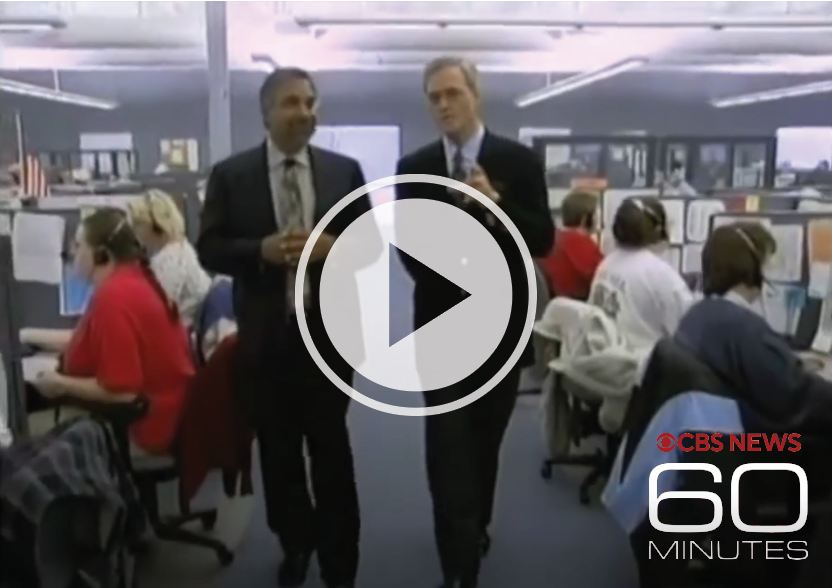Back to the Future of Direct Mail: Part 1
A Timeline of Direct Mail from then, to now.
Back to the Future of Direct Mail: Part 2

Direct Mail is Making a Comeback
Currently, the direct mail industry is worth approximately 44 billion dollars. Yes, billion with a “B”. That is a lot for an industry that was “going extinct” just a few short years ago. The direct mail industry has stood the test of time, no mater what the obstacle. Through the internet and email marketing, cell phones, home computers, direct mail has kept on trucking. They’ve gone head to head with a stampede of social media channels, and yet the industry remains as solid as ever. So how does a traditional industry like direct mail continue to thrive in the face of its digital opponents?
Most marketing professionals expect large growth in the direct mail industry over the next several years, and printing companies are experiencing a higher demand for traditional direct mail marketing. The recent uptick in direct mail popularity can be attributed to ample targeting methods and the ability to better personalize and control direct mail. Tangible mail holds its own within the multichannel marketing space.
Marketing agencies did not previously have targeting or measurement capabilities like they do today by using QR codes, click through rates and UTM parameters to track campaigns. In a not so distant past, things seemed to be a bit more straightforward. If you wanted to connect with prospects, you spent money to get in front of them in one of the few available channels: TV, newspaper or direct mail. Let’s take a dive into direct mail’s lineage and how this multi-billion-dollar industry came to be what it has evolved to today.
Direct Mail Beginnings
Now a days, marketers track a complicated customer journey across dozens of different channels and devices. We have analytics and excel docs with years of consumer data at our fingertips to better help us make important marketing decisions. However, in the mid-1900’s, direct mail gave companies and agencies a simple way to report on purchases. It was widely praised as an inexpensive means to understand consumer buying habits.
In the 1960s, the ZIP codes began to gain wide use. Before the ZIP code, it was difficult to target appropriate recipients of direct mail, and before the computer, compiling and maintaining lists of supporters was tedious and costly. (Wikipedia)
With new tracking methods in direct mail advertising, targeting and measurement became possible. However, while the new targeting methods within the direct mail industry came to fruition, a wave of checks and balances like data accuracy, verification and honoring opt-outs became just as necessary.
The daunting task to remove duplicates and subscribers from direct mail lists required dozens of people to continually cross off one name at a time. Once they were purged, the direct mail list required hundreds of typists to create address labels for the next round of mailings. Despite the work involved, response rates would come to define the expanding horizons of direct mail in the 1960s. (CMO Council)
The 1970’s & 1980’s
In the 1970’s, catalogs and direct mail began to consume mailboxes – and wastebaskets. Credit card companies had found success with the ability to send “no name” credit cards with offers via direct mail. As each year passed, more Americans opened their mailboxes to find more letters that addressed them as “Dear Current Resident,”.
“Prior to the 1980s, direct mail and its practitioners were largely marginalized in the advertising world. As firms and marketers searched for ways to segment the mass market of consumers in the 1970s, direct mail proved to be an effective tool not only to sell products, but also to study the changing interests and buying behaviors of consumers.” (TandFonline)
As Michael Weiss explored in his 1988 book, The Clustering of America, the grouping method of American households based on ZIP code and lifestyle represented a sweeping shift in marketers’ ability to directly target consumers with accuracy and at high volumes. (CMO Council)
Complete the form, call us at 877-831-0101 for more information or see more on our DatabaseUSA.com® Blog.



